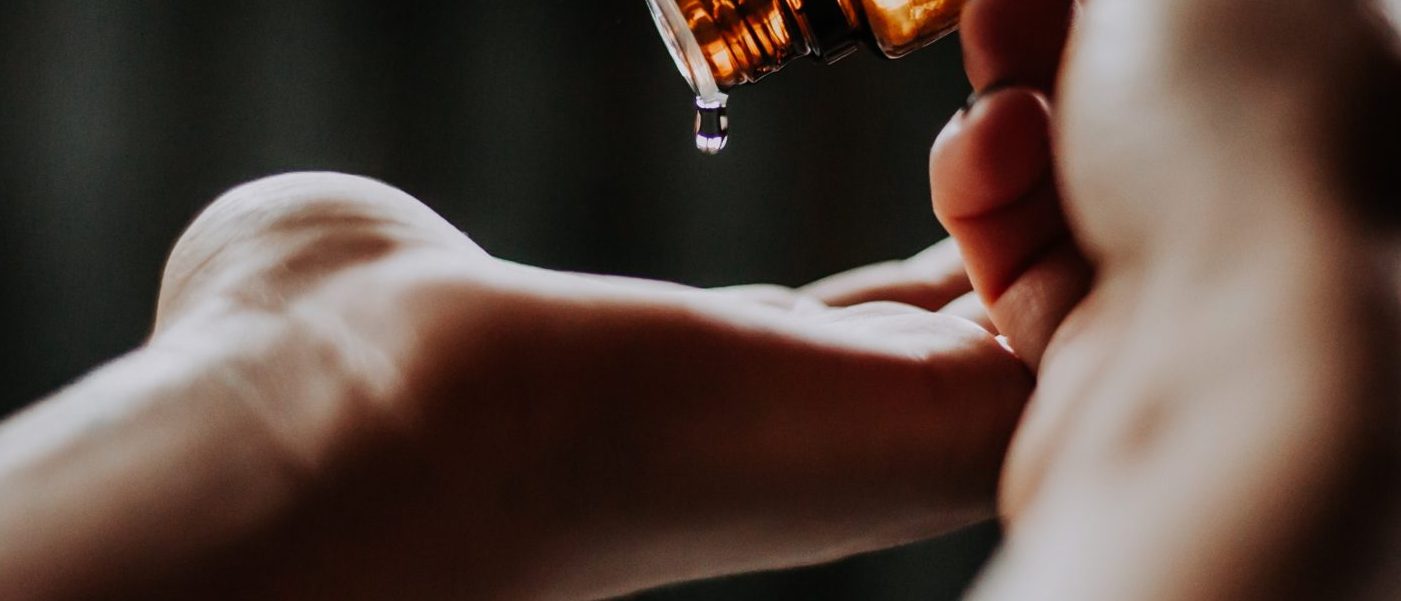What Massage Pressure is Right For You?
The amount of massage pressure can definitely make the difference between a good massage and one that is unsatisfying or even unpleasant. Are you a person who prefers deeper pressure or do you like a gentler massage? What if you don’t know? Read on to find out more about choosing the best pressure for your massage needs.
No pain, no gain? First off, the expression “no pain, no gain” doesn’t really apply to massage. Pain is not a good indicator of the effectiveness of a massage. In fact, massage should never be outright painful. Sometimes certain techniques can be uncomfortable or have a quality that resembles pain but is somehow enjoyable (I like to call it the “hurt so good” feeling), but you shouldn’t have to walk away from a massage feeling more damaged than when you walked in.
Pain in the context of a massage can be categorized into three groups:
- Good pain: the “hurt so good” feeling, a sensation of relief through discomfort
- Bad pain: discomfort that you put up with because you know it will feel better after the treatment
- Ugly pain: really excessive pressure that is outside of your threshold for pain, and that offers no benefits whatsoever
Good pain, which isn’t as much a sensation of “pain” as it is a sensation of relief, is a common and acceptable experience in massage. Bad pain can be acceptable, too, but only go for it if you’re a person who is patient with slight discomfort for a greater benefit (that you confirm is experienced after your treatment. If you endure bad pain during a massage and no benefits follow, let your RMT know. There’s no reason to put up with bad pain if nothing good comes of it). If the pressure during a massage gets close to the ugly kind of pain, tell your massage therapist so they can ease up.
Another way to rate pain during a massage is the pain scale. Massage therapists will go over this with you to establish the right amount of pressure. Often this is a scale of 1-10 (1 being the lowest and 10 being the highest amount of pain). Anything below 7 can be in the good pain realm. 7-10 is the bad pain range and a massage should never stay in this range for the entire appointment. The maximum amount of time in the 7-10 range should be around 5 minutes, and again, that’s only if you consent to tolerating the bad pain for a bit.
Swedish vs. Deep Tissue/Sports Massage: Both are therapeutic. Generally, Swedish massage offers a lighter pressure compared to Deep Tissue. So if you want a gentler pressure, choose Swedish over Deep Tissue, but know that these are not absolutes and exceptions apply (more on this later).
Everyone is different and pressure is subjective. But pressure preferences don’t just vary from person to person. You as an individual may find that you can tolerate more pressure one week and less the next. Or you may notice that you like stronger pressure on your back, but much less pressure on your calves. The way to get the right amount of pressure at every treatment is to communicate with your RMT. Massage therapists will check in to make sure the pressure feels good, but don’t be shy to let them know if you need a little more or a little less at a point where they haven’t asked. And this applies to both Swedish and Deep Tissue appointments. Just because you’re in a Deep Tissue session, doesn’t mean you need to have deep pressure the entire time. You can still ask for lighter pressure in a Deep Tissue treatment. Likewise, if you’re in the middle of a Swedish treatment and there’s a spot you want deeper work on, you can ask for more pressure in that area. And if you regularly get Swedish massage but find yourself asking for deeper pressure throughout, maybe give Deep Tissue a try and see if that suits your pressure needs better.
How do you know what the right amount of pressure is? An ideal massage pressure should feel meaningful and beneficial. It should feel like it is having a positive effect on the tissue. The pressure should not cause the muscles to tense up. If the muscles can’t relax, they can’t receive the benefits of the treatment. If you are new to massage and not sure whether more or less pressure will accomplish this, try a Swedish massage first.
What about soreness the next day? Soreness post-massage can come from any kind of pressure and does not indicate whether the treatment was successful or not. It all depends on the state of your muscles when you received the massage.
QUICK GUIDE:
Swedish massage (A.K.A. lighter pressure massage): for people who are new to massage; if you know you prefer a gentler pressure; for stress relief and relaxation but can also be therapeutic.
Deep Tissue/Sports Massage: for people who usually find Swedish is not enough pressure for them; if you’ve got lots of “knots” you’d like the RMT to work on; often more therapeutic than relaxing, but everyone is different (maybe you’re a person who finds deeper pressure relaxing).
References:
https://www.painscience.com/articles/pressure-question.php
https://www.painscience.com/articles/finding-a-massage-therapist.php

